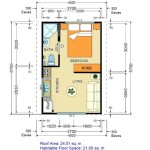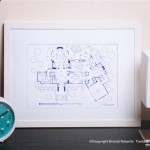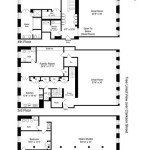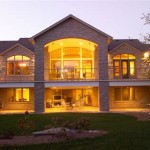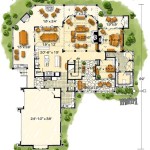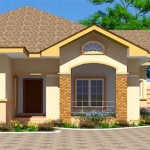Essential Elements of a Roman House Floor Plan
Roman houses were renowned for their grandeur and intricate designs. The floor plan of a Roman house played a crucial role in determining its functionality and social status. Here are the essential aspects that characterized a typical Roman house floor plan:
Vestibulum
The vestibulum was the entrance hall of the house, serving as a transitional space between the outside world and the interior. It was typically a small, enclosed area that provided privacy and protection from the elements.
Atrium
The atrium was the heart of the Roman house, used for multiple purposes. It was a central open courtyard, often surrounded by columns or pillars, and topped by a roof with an opening (compluvium) that allowed rainwater to enter. The atrium provided natural light and ventilation to the house.
Impluvium
The impluvium was a shallow pool located in the center of the atrium, beneath the compluvium. It collected rainwater, which was then channeled into a cistern for household use or directed into a garden.
Cubicula
Cubicula were bedrooms, typically small and sparsely furnished. They were often located around the atrium or along the sides of the house, ensuring privacy and quiet.
Triclinium
The triclinium was the dining room, where Romans reclined on couches (lecti) while enjoying meals. It was often located adjacent to the atrium and featured elaborate decorations.
Culinary Facilities
Roman houses had dedicated areas for culinary activities. The culina (kitchen) was a small room equipped with a hearth, oven, and cooking utensils. A pistrinum (mill) was used for grinding grain into flour.
Other Rooms
Depending on the size and wealth of the household, a Roman house could have additional rooms, such as a library (bibliotheca), a study (scriptorium), and a bathhouse (balneum). These rooms provided additional comfort and luxury.
Social Status
The size, layout, and decorative elements of a Roman house floor plan reflected the social status of the owner. Wealthy patricians possessed grand houses with multiple courtyards, opulent decorations, and extensive gardens. Modest houses, on the other hand, were typically smaller and simpler in design.
Conclusion
The Roman house floor plan was a sophisticated and functional design that met the needs of Roman society. From the private cubicula to the communal atrium, each room played a specific role in the daily lives of the occupants. The floor plan reflected both the practical and social aspects of Roman life, providing a glimpse into the architectural and cultural heritage of this ancient civilization.

Roman House

Roman Domestic Architecture Domus Article Khan Academy

Pin On Roman Houses

Plan Of A Pompeian House Roman Courtyard Plans Atrium

Floor Plan Of A Typical Roman Atrium House Scientific Diagram

Pin By Rebecca Koch On Ancient Rome Roman Bath House Floor Plans

The Roman Domus World History Encyclopedia

House Of The Vine Museums Victoria

The Roman Domus House Architecture And Reconstruction

Domus With Peristylium Via Della Gatta


